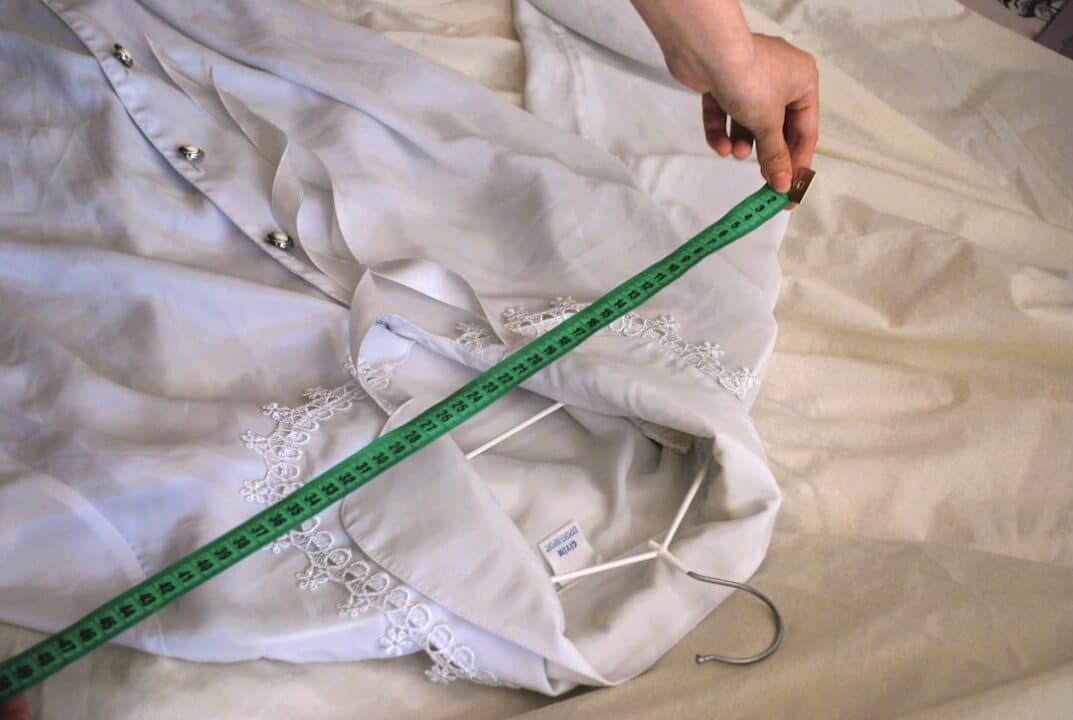|
IN SHORT
|
Do you dream of bringing an airy and dreamy touch to your creations? Immersing yourself in a cloudy universe can transform your works into true works of art. Whether in painting, photography or graphic design, the cloud effect invites imagination and escape. In this article, we will reveal a secret method, simple and effective, to envelop your creations in a soft, vaporous atmosphere. Ready to avoid monotony and amaze your viewers? Follow the leader !
Giving your designs a cloudy look can transform an ordinary creation into a captivating, ethereal work of art. This article reveals a secret and surprisingly simple method to achieve this effect. We’ll explore various techniques and tips to make your projects stand out with their cloudy, wispy look. You will learn how to use different materials, colors, and tools to create stunning cloud effects.
The Magic of Clouds: Why Are Cloud Effects So Captivating?
Cloud effects evoke a feeling of calm, mystery and natural beauty. They are reminiscent of dreamlike skies and spooky landscapes, which explains their universal appeal. Incorporating this effect into your designs can add a harmonious and airy dimension to your work.
The Materials Needed to Create Cloud Effects
Acrylic Painting
There acrylic paint is one of the most popular materials for achieving a cloudy effect. Thanks to its texture and ease of use, you can easily create smooth transitions between colors to imitate the softness of a cloud. Use different shades of blue, white and gray to achieve a realistic effect.
Dry Pastels
THE dry pastels are perfect for creating cloudy effects due to their ability to be blended. By gently rubbing pastels onto your surface and blending them with your fingers or a blender, you can simulate the delicate texture of clouds.
Airbrushes
A air-brush can be used to spray thin layers of paint, creating a subtle, airy cloud effect. This technique is particularly effective for large surfaces and allows precise control of gradients and transparencies.
Essential Techniques for Mastering the Art of Clouds
The mixture of colors
One of the keys to achieving a successful cloudy look is skillful mixing of colors. Work with gentle gradations, gradually adding white to your base color. Use soft brushes or your fingers to blend edges and create smooth transitions.
Using Superimposed Layers
Apply successive layers paint or pastel helps create depth and dimension. Start with light colors and gradually add darker hues to represent the natural shadows and variations of clouds.
The Sponge Technique
Use a sponge to gently dab the paint onto the surface. This method gives an interesting and random texture that mimics the effect of clouds well. Mix different colors directly on the sponge for even more nuanced effects.
| Method | Benefits |
| Air-brush | Smooth, gradient finish |
| Sponge | Textured and natural effect |
| Dry brush | Precise and nuanced control |
| Shadow Panel | Adds depth |
| Digital filters | Ease and speed of application |
| Watercolor | Soft and light appearance |
- Blur techniques
- Using Gradients
- Art filters
- Overlaying Elements
- Cloud textures
- Soft lighting
- Pastel colors
- Graphics applications
- Transparency effects
- Digital painting tools
Tips and Tricks for a Perfect Cloudy Effect
Choosing the Right Tools
The choice of tools is essential to achieve the best result. Soft, round brushes are ideal for blending and blending colors. For dry pastels, use smudges or even cotton swabs for more precise details.
Experiment with Textures
Don’t be afraid to experiment with different textures to enrich the cloudy look of your creation. Try fine or coarse grain papers, use spatulas to create reliefs, and vary the mixture of materials to add complexity to your clouds.
The Game of Lights and Shadows
THE play of lights and shadows will make your clouds more realistic. Placing shades and points of light strategically based on the imagined light source will give volume and depth to your clouds.
Inspirations and Applications of Cloud Effects
Abstract Art and Landscapes
Cloud effects find their perfect place in abstract art and landscapes. They can transform a simple canvas into an evocative work that captures attention. Use bright colors for a surreal effect or soft tones for a more realistic look.
Interior Decorations
Imagine a ceiling decorated with clouds, transforming a room into a mystical and serene space. Cloud effects can also be used on walls or in murals to add a dreamy touch to your interior.
Fashion Designs
THE Fashion Design is another area where cloud effects can shine. Fabrics printed with cloud patterns, or airy, light textures, can add an artistic, dreamlike touch to your outfits or accessories.
Frequently Asked Questions
What is the Best Type of Paint for Cloudy Effects?
For most artists, acrylic paint is a great option because of its versatility and ability to mix easily. However, watercolor can also offer fantastic results, especially for translucent and light effects.
Can I Create Cloud Effects on Any Surface?
Yes, you can create cloud effects on a wide variety of surfaces, such as canvases, walls, fabrics, and even wood. However, each surface requires different techniques and preparations for optimal results.
How Long Does It Take to Master This Technique?
Mastering cloud effects depends on your experience and practice. Some can achieve satisfactory results in a few sessions, while others will require more time to perfect their technique. The main thing is to practice regularly and draw inspiration from different sources.
Additional Experiments and Practices
Monochrome Versus Polychrome
Try working in monochrome using only gray gradients to evaluate how gray values can simulate the depth and relief of clouds. After mastering this technique, switch to a polychrome palette to enrich your work with shades of different colors.
Contrasts and Transparencies
Play with them contrasts and the transparencies to add various dimensions to your creations. Mixing very bright areas with deep shadows can create a sense of dynamism and movement.
Incorporating Cloud Effects into Mixed Projects
In addition to painting and drawing, cloud effects can be incorporated into mixed media projects. Combine clouds with other artistic elements like collage, sculpture or even digital for multidimensional works.
Inspiring Creations by Renowned Artists
The Pioneers of Cloud Art
Many artists have explored cloud effects in their works, each bringing their own unique touch. For example, William Turner, with his seascapes and stormy skies, is often cited as a master of cloud effects in painting.
Contemporary Artists and Innovative Works
Contemporary artists continue to innovate with cloud effects. Creators like Anne Ferrer with her pigment installations or Ignacio Canales Aracil with his use of natural materials to create cloud sculptures, offer a fascinating contemporary source of inspiration.
Analysis of Techniques and Artistic Interpretations
Analyzing the works of renowned artists is a great way to learn. Studying how these artists use colors, textures, and compositions to depict clouds can offer greater understanding and new ideas to incorporate into your own creations.
Creating cloud effects may initially seem intimidating, but with the right techniques, materials, and lots of practice, they can transform your designs and give them a unique airy touch. Whether you’re an aspiring artist or an experienced creator looking to expand your repertoire, these tips and advice will guide you toward creating ethereal, captivating works.
A: To give a cloudy look, you can use gradient techniques and layering methods with appropriate textures.
A: Graphics software like Adobe Photoshop, GIMP or online applications like Canva can be used to create this effect.
A: Yes, playing with transparency and color layers can greatly enhance the effect. Adding shadows and highlights can also enrich the final result.
A: Yes, there are many video tutorials and articles online that explain step by step how to create a cloud effect on your designs.
A: Absolutely! You can use watercolor or acrylic painting techniques to achieve a cloudy look on a canvas.




